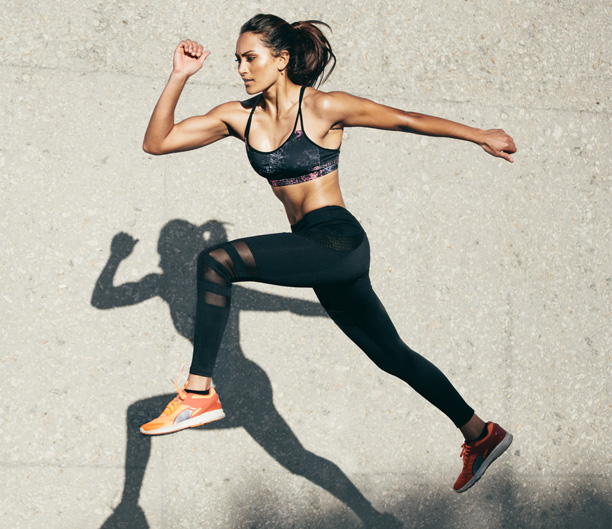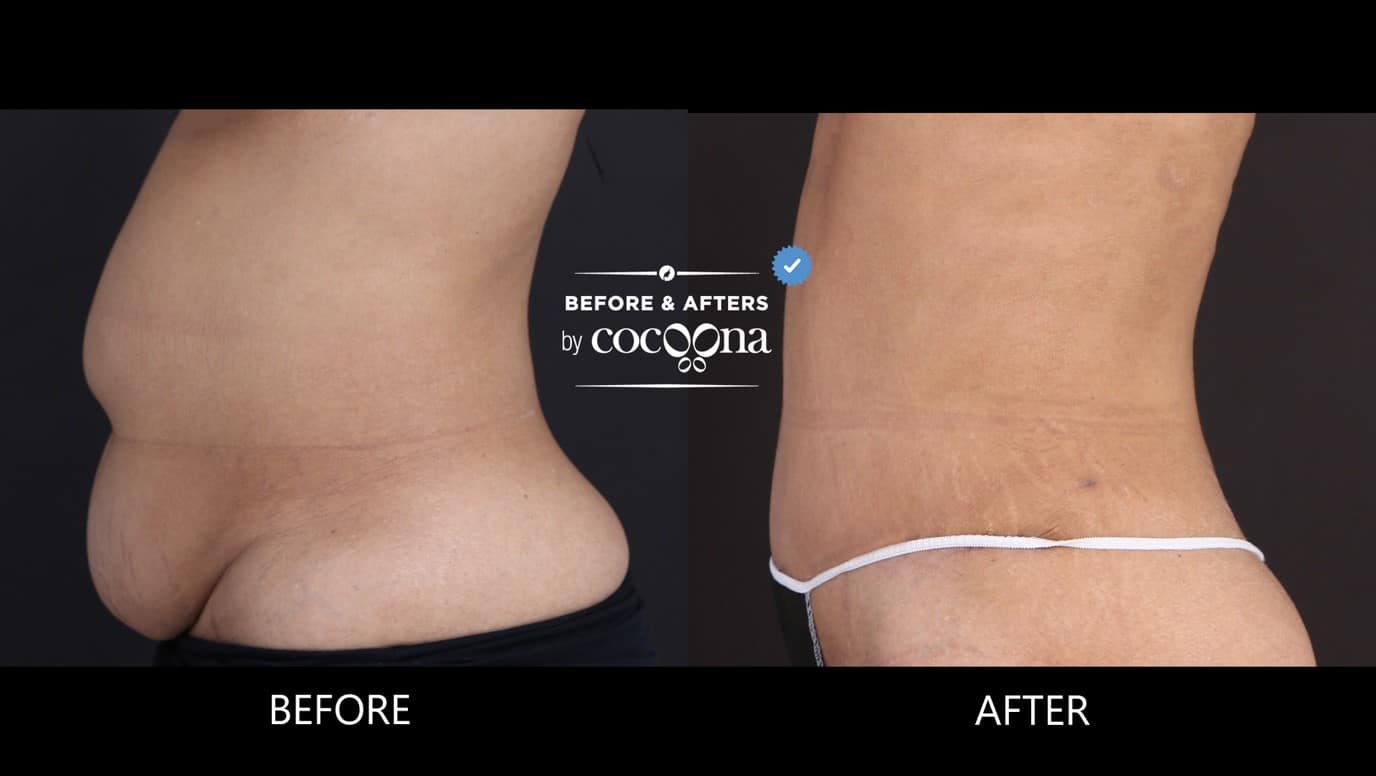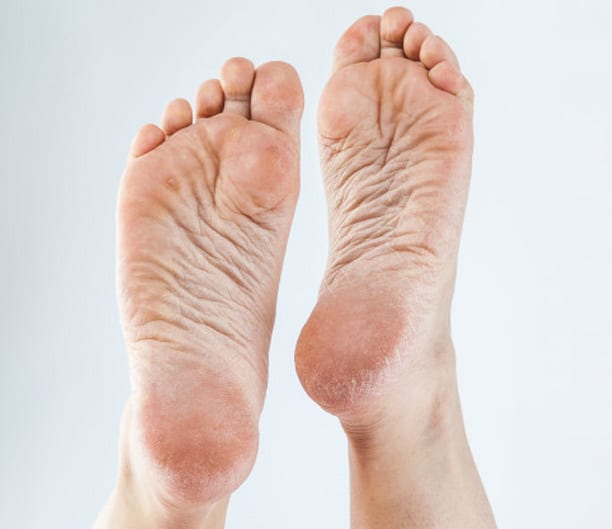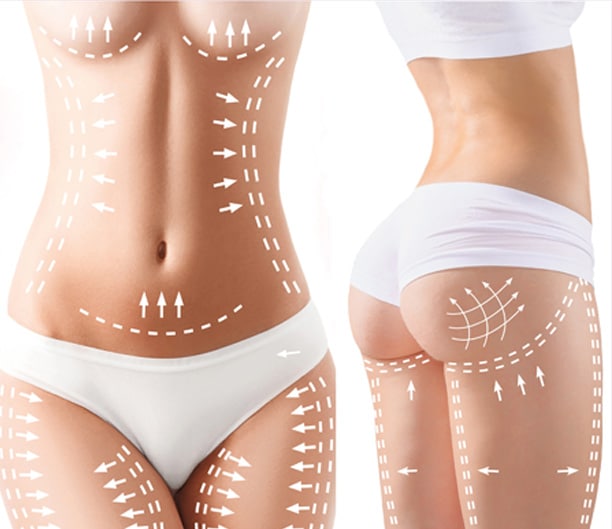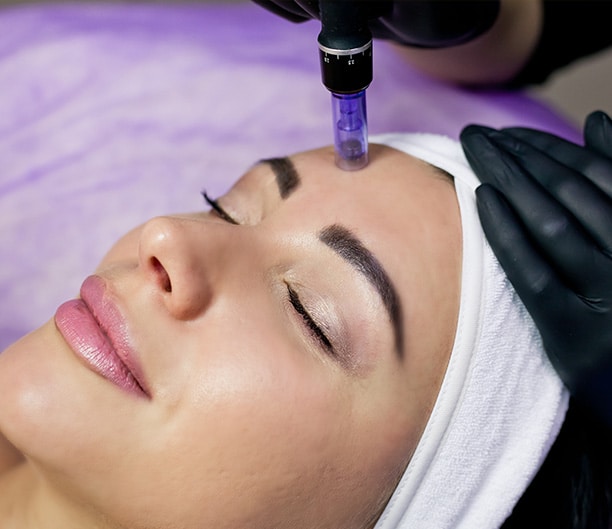One of the earliest signs of aging is appearance of facial lines and wrinkles. While we cannot prevent aging, we can certainly delay the appearance of facial wrinkles and hence the visible signs of aging.
Face is a very dynamic part of our body. The muscles of the face can be divided into two groups: the muscles of facial expression and the muscles of mastication. Interestingly, unlike other parts of the body, the muscles of the facial expressions are inserted in the skin. Normally, the muscles of facial expression communicate emotional states. Where as muscles of mastication are deeper in location and involved in the movement of jaws.
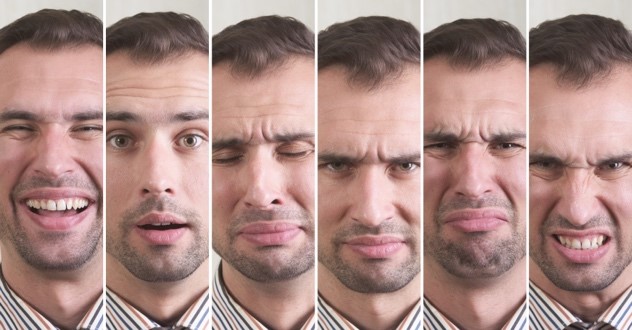
Fig: 1 Check the Dynamic lines appearing with different facial expressions
A permanent crease on the face can send an inappropriate message. A permanent glabellar crease (skin folds between the eyebrows) communicates anger or worry when the person feels neither.

Fig. 2
Many people in the course of normal activity over utilize certain group of facial muscles: thus the muscle is hyper-functional and over active. In some individuals these muscle gets bulkier.
FACT #1
Botox has been the #1 aesthetic procedure performed since 1999

Fig. 3
Movement or contraction of facial muscles result in development of skin folds that are are called Dynamic wrinkles. With time these dynamic lines become deeper and eventually develop into Static lines, which means the lines /creases remain in the skin even without making any facial expressions. If the dynamic lines are treated at an early stage development of static lines can be delayed. This is where Cosmetic Surgeons and dermatologist use Botox.
FACT #2
The FDA approved the use of BOTOX for Cosmetic in 2002
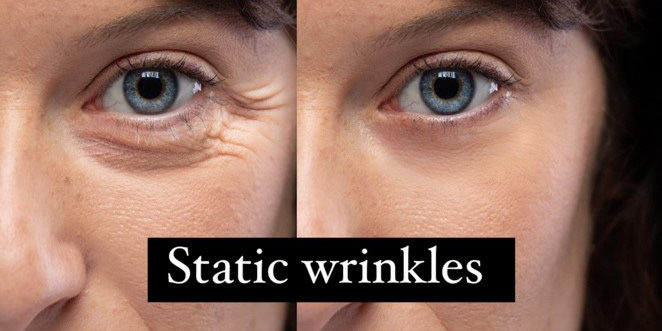
Fig: 4
What is Botox?
Botox is a neurotoxin derived from clostridial bacteria. It contains an active substance called botulinum toxin type A. It can be injected into the muscles or deep into the skin. It acts by relaxing the muscles by causing temporary paralysis of the muscles in which it is injected. When injected into the skin it works on the sweat glands to reduce the amount of sweat produced.
Botox and anti aging: Scientific evidence
Clinicians have observed a long-term and preventive benefit of botox for patients beyond muscle relaxation particularly in patients who receive repeated treatments over time. These changes include progressive reduction of wrinkles, prevention of dynamic wrinkles, and improvements in skin quality.
Humphrey S. Neurotoxins: Evidence for Prevention. J Drugs Dermatol. 2017;16(6):s87–s90.

Histometry of skin biopsy specimens before and after 3 months of BTX-A, showing significant increase in wrinkle width, rather than decrease in wrinkle depth (b) when compared to baseline biopsies (a) (H&E; Å~ 200).

Dermal collagen and elastin before and after 3 months of BTX-A. Immunoperoxidase staining of skin biopsy specimens for collagen types I (a, b) and III (c, d) and elastin (e, f) showing no significant difference in collagen types I and III and elastin content between baseline (a, c, e) and post-treated biopsies (b, d, f), but with better organization and more compact collagen fibers after BTX-A injection (b, d) (original magnification; Å~ 100).
Fig. 5
Ref : El-Domyati M, Attia SK, El-Sawy AE, et al. The use of Botulinum toxin-a injection for facial wrinkles: a histological and immunohistochemical evaluation. J Cosmet Dermatol. 2015;14(2):140–144.
Areas of the face that can be treated with Botox:
Most commonly treated areas of the face are glabella/frown lines, the forehead lines and the crows feet. However, patients also request treatment of bunny lines on the nose, elevation of droopy eyebrows, under-eye lines, chin wrinkles, lip lines, drooping corners of the mouth, neck lines and cords and sometimes the definition of jaw lines.

Fig. 6
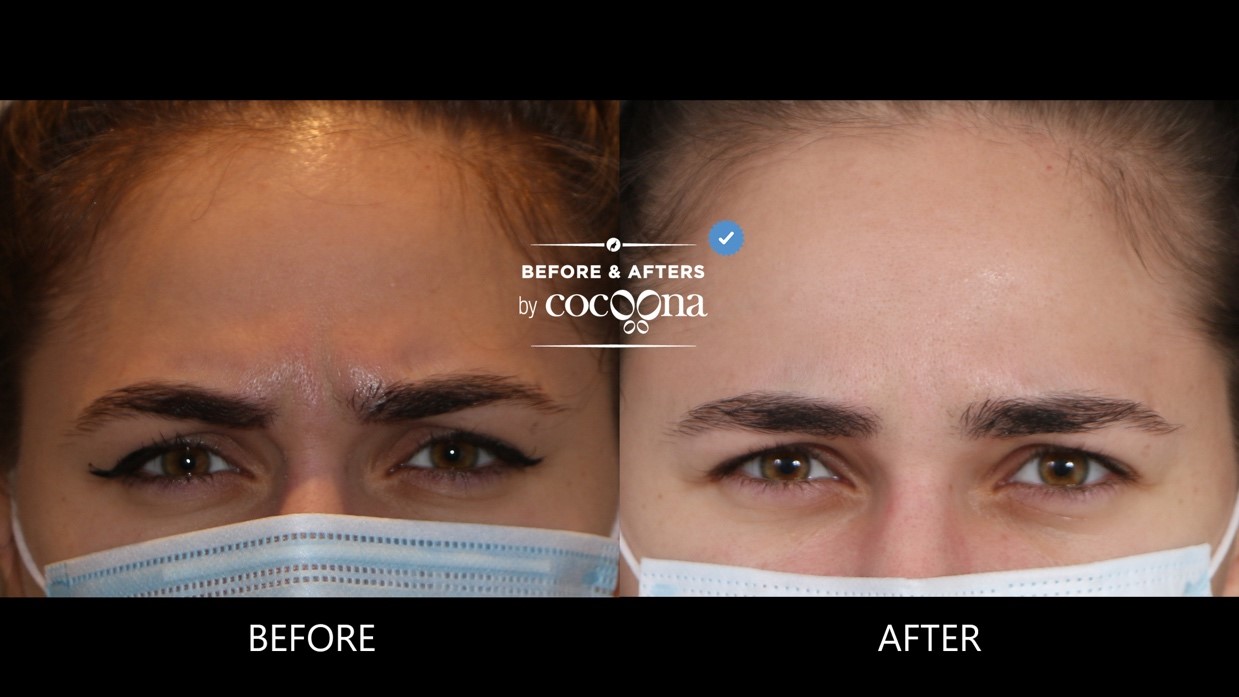
Fig. 7
Botox for Facial slimming.
Some individuals have heavy lower face due to enlarged jaw muscles and find themselves unattractive. They request for a slimmer and softer appearance of the face. Botox injection in the masseter muscle (muscle of the jaw) helps in slimming down the lower third of the face. I also help in relieving teeth grinding and clenching known as bruxism. And thereby avoids TMJoint dysfunction. Below is an Asian male who had botox injected in the masseter muscle. The after picture of the patient shows slimming of the lower face with a softer look 10 days following the procedure.

Fig. 8
What is Nefertiti lift?
The procedure is named after the Egyptian queen with the perfect jawline. The technique aims to lift and improve the definition of the border and angles of the jaw, elevate the corners of the mouth and drape the skin of the jawline giving the visual effect of a ‘mini lift. Tiny amounts of Botox are injected into the muscles of the neck – specifically the ones that create a downward pull on the jawline.
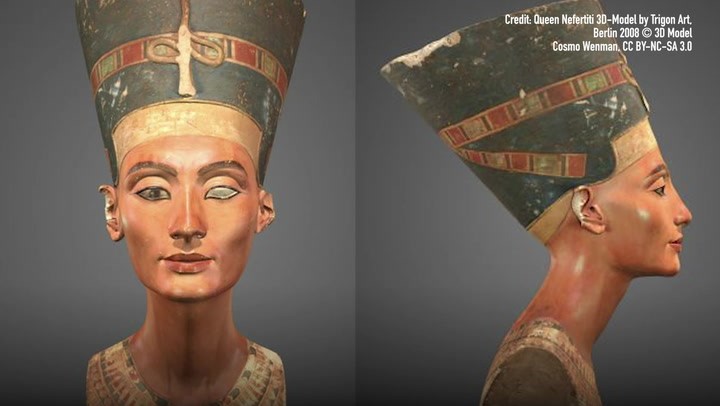
Fig. 9
Botox for Gummy smile.
Some individuals have exposed gums when they smile due to overactive lip muscles. They are found in 10.5% to 29% of the population and are more common in females. For these individuals a small dose of botox at strategic locations around the lips can help in achieving their goals. The effect typically lasts for three to six months and must be repeated every six months to one year.

Fig. 10
BROTOX– Botox in men

Fig. 11
There is an increasing trend of Botox among men. Male patients who have tried Botox look better, feel better, and believe it gives them a competitive edge. There are significant differences in the outcome of injectables in women and men. We need to take into account each patient’s muscle mass, muscle fiber pattern and hair distribution. Due to greater muscle mass, men require higher doses of Botox than their female counterparts.
What is “Microbotox”/”Mesobotox” ?
It is a newer technique where smaller droplets of lesser concentrated botox is injected under the skin which acts on the sweat and sebaceous/oil glands along with superficial fibres of the facial muscles. It causes
- Tightening of skin pores
- Fresher look
- Smoothing of fine lines
- Subtle tightening of the skin
- Improving texture and tone of the skin
- Helps with facial flushing and sweating
Other indications for BOTOX:
There are other extended indications for Botox in medical management of patients. These are:
- Upper and lower limb spasticity
- Cervical dystonia
- Blepharospasm
- Strabismus
- Urinary incontinence
- Overactive Migraine
- Axillary and palmar hyperhidrosis
- Bruxism
What does a Botoxtreatment feel like?
Upon consulting the doctor and after the facial assessment, a realistic plan is laid out in tandem with the patients desire. The nurse removes all the makeup and applies numbing cream on the face for 20 minutes. After cleaning the numbing cream, with all aseptic precautions, botox is injected in the areas to be treated. These are tiny injections placed under the skin and in the facial muscle that needs to be relaxed using very thin needles. Pain depends upon individual’s level of threshold. Following which some ice is applied to reduce the swelling
Pre treatment Instructions:
- Schedule your treatment at least 2 weeks in advance before a special event or vacation.
- It is recommended to discontinue the use of aspirin, motrin, ginko biloba, garlic, flax oil, cod liver oil, Vitamin A, Vitamin E or any other essential fatty acids at least 3 days to 1 week before and after treatment to minimize bruising or bleeding.
- Avoid alcohol, caffeine, niacin supplement, high sodium and high sugar containing foods, refined carbohydrates, spicy food and cigarettes 24 – 48 hours before and after your treatment.
- Discontinue Retin A 2-3 days before treatment.
- Wait at least 2 weeks to to have botox treatment if you had LASER, Ultrasound, chemical peels or microdermabrasion.
Post treatment instructions:
- Do not lie down flat for at least 4 hours
- Do not touch or rub the treated area for 4 hours
- Avoid wearing hats and headbands immediately after the treatment.
- Do not use of aspirin, motrin, ginko biloba, garlic, flax oil, cod liver oil, Vitamin A, Vitamin E or any other essential fatty acids at least 3 days to 1 week after treatment to minimize bruising or bleeding.
- Avoid alcohol, caffeine, niacin supplement, high sodium and high sugar containing foods, refined carbohydrates, spicy food and cigarettes 24 – 48 hours after your treatment.
- Avoid cosmetic treatment like LASER, Ultrasound, chemical peels or microdermabrasion for 2 weeks after the treatment.
- Avoid make up until the day after treatment. Earlier use may cause pustules. If you must wear make up we recommend a good quality mineral make up for the face.
- Should you develop increased pain, swelling, redness, blisters or itching please report to your provider.
- Effect of botox takes about 2 – 10 days for its full effect. Touch up if needed should be done no longer than 2 weeks after the initial treatment.
SIDE EFFECTS:
Although generally safe, botulinum toxin side effects and complications can include:
- Bruising and pain at the injection site
- Flu-like symptoms
- Headache
- Nausea
- Redness and swelling
- Temporary facial weakness or drooping
- It is very unlikely that the toxin might spread beyond the treatment area, causing botulism-like signs and symptoms such as breathing problems, trouble swallowing, muscle weakness and slurred speech
Contra-indications: Botox should be avoided if you suffer from one of the following conditions.
- Infection at the site of injection
- Past history of allergy to botulinum toxin/BOTOX
- If you have had any surgery or injury that may have changed the muscle to be injected in some way
- If you have had an operation or injured your head, neck or chest.
- Disease affecting the nervous system: Peripheral motor neuropathy, Lou Gehrig’s disease
- Muscle disorders: Myasthenia gravis/Lambert Eaton syndrome
- Progressive muscle weakness with an underlying cancer
- Double vision: condition where one object appears as two or more object
- Blurred vision
- Drooping of the upper eyelid
- Pneumonia due to accidental inhalation of vomit: especially if you will be treated for persistent muscle spasms in the neck and shoulders
- Decreased lung function and trouble breathing
- Difficulty swallowing
- Involuntary leakage of urine
- Heart disease
- Suffer from seizures
- Closed angle glaucoma
How soon are the results visible ?
Effect of botox takes about 2 – 10 days ( 3-5 days on an average) for its full effect. Touch up if needed should be done no longer than 2 weeks after the initial treatment.
How long does the effect of Botoxlast?
individual patient’s genetics and the target muscle (mass, size, thickness, and depth below the skin and structure) determine really how long the effect of botox can last. In general, the effect lasts between 3 – 4months. The results may last longer for some patients, especially after repeated treatment. Studies have shown that in individuals who use their facial muscles a lot the effect of botox wears of faster.
About myself : I am a board certified Plastic surgeon with over 10 years of experience. I love beauty as much as science and research. So when beauty is backed with science it can only get real and that’s what we call as scientific beauty. You can reach me at [email protected] for any further enquiries on botox. I will be happy to answer them for you.






